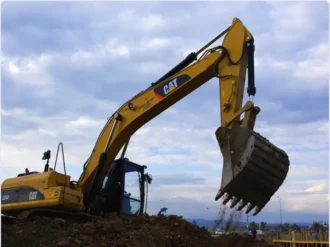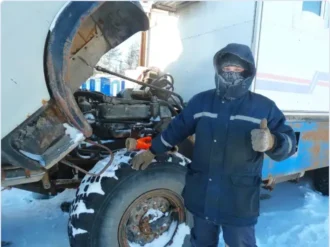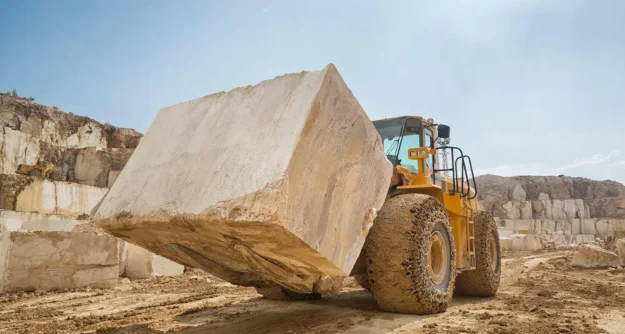Introduction
Although quarrying is a process that is specific to the Mining Industry, the materials produced by quarries are required for the proper functioning of a wide range of sectors, including Construction and Manufacturing. As new technologies are introduced in Mining, the quarrying process is becoming increasingly automated, yet no less dangerous for laborers and vehicle operators.
Potential Hazards
The dangers most frequently encountered in quarrying are:
Inhalation of Airborne Pollutants.
Miners, drymen, and blasters often work in an environment contaminated with dangerous dust and fumes. Free crystalline silica and asbestos are just a few examples of airborne dust that puts these workers at risk. Provided enough exposure, these can lead to asthma and other respiratory conditions that develop insidiously after many years of working in a quarry.Exposure to Dangerous Gases and Radioactive Materials.
Hazardous gases such as Methane, Carbon Monoxide, Hydrogen Sulphide, and Diesel engine exhaust can occur in a quarry either as a result of the processing of rocks or as a byproduct of the machines used for mining. In addition, workers may be exposed to Radon, a naturally-occurring radioactive gas, which can ultimately lead to higher risks of lung cancer and other fatal conditions.Exposure to Noise.
The majority of processes that take place in a quarry – such as blasting, mining, and the transportation of rocks – emit high levels of noise, which can lead to deafness, tinnitus, and other hearing conditions.Heat Stress.
Although the risks associated with heat stress are most pressing inside a mine, quarry workers are also exposed to unusually high temperatures due to physical activity, humidity, sunlight, and proximity to hot engines.
Incident Prevention
To this day, mining and quarrying remain some of the most dangerous sectors in Canada. Workers in these sectors must take a wide range of safety precautions in order to maintain their health and that of their colleagues.
For example, identifying and wearing the correct personal protective equipment while working in a quarry will often save lives. This is especially important when it comes to head and respiratory protection due to the fact that quarries are riddled with dangerous gases and airborne dust. Noise-related conditions can also be minimized with the help of hearing protectors.
Above all else, the most important step in the prevention of accidents is the proper training of all employees who work in a quarry. Being aware of the potential hazards associated with one’s work environment can significantly reduce the number of injuries, long-term health conditions, and work-related fatalities.
Recommended Safety Courses



What You Can Do to Stay Safe
There is a convincing reason why Canadian authorities have placed such great emphasis on proper safety training over the last decade – it works. In fact, preparing employees for the hazards that might face in a quarry or mine is one of the most effective ways to not only manage accidents but often to prevent them altogether.
If you are a miner, dryman, or blaster in the Mining industry and are frequently required to work in a quarry, it is crucial that you have access to sufficient safety training for the sake of your health and that of your colleagues. To consult a complete list of safety courses recommended for you, please access the Mining industry page and identify your specific job.

